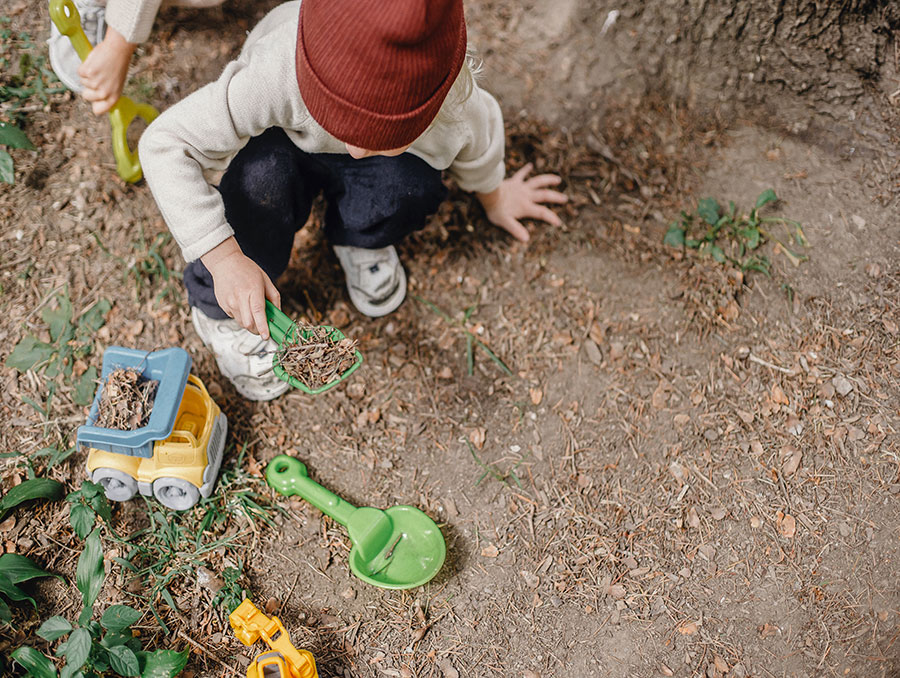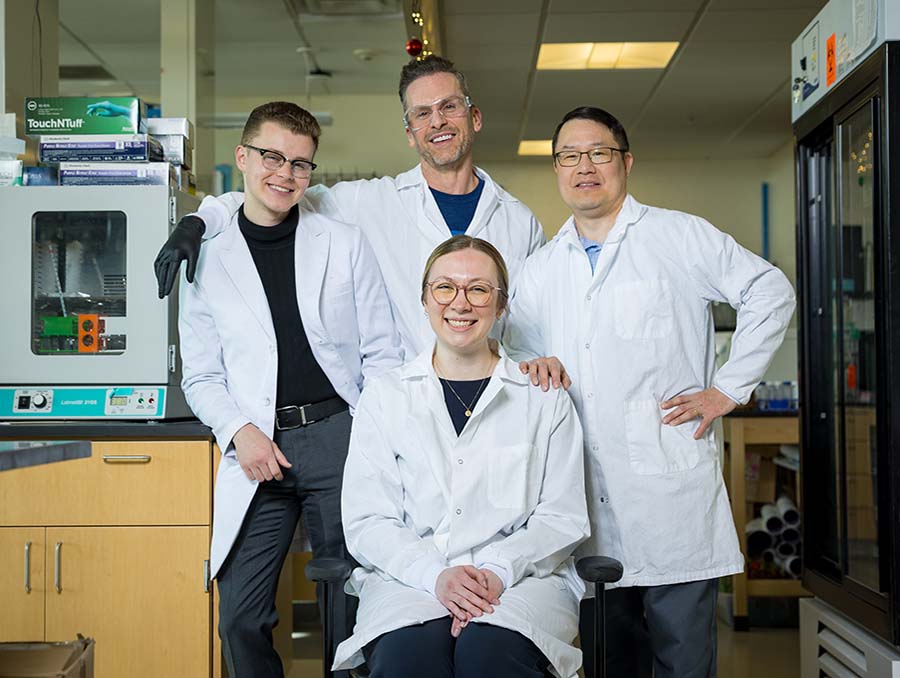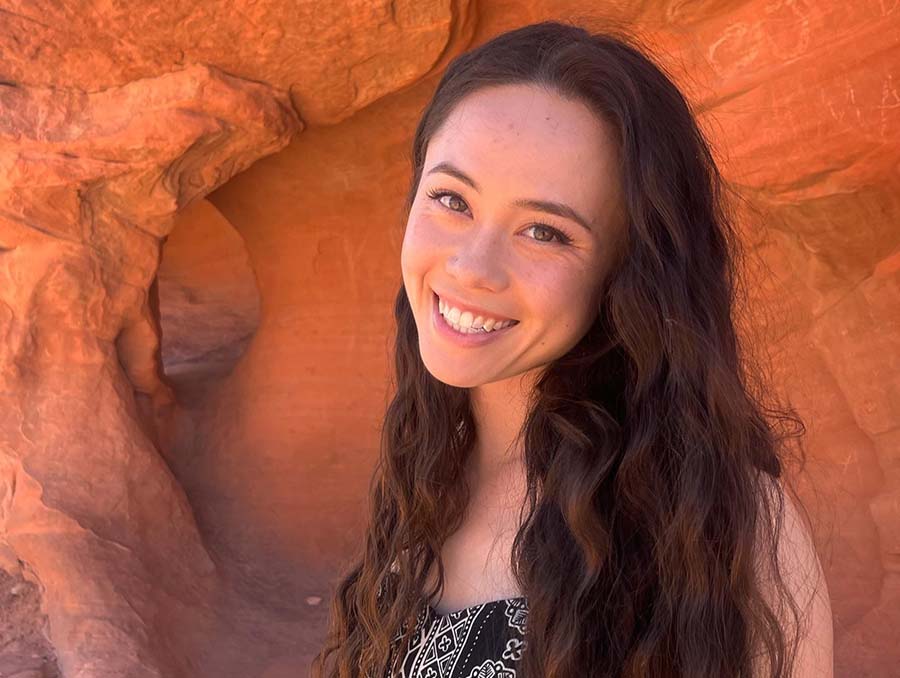Assistant Professor Li Li of the University of Nevada, Reno School of Public Health has received a U.S. Environmental Protection Agency (EPA) grant for his project to more accurately understand soil and dust ingestion rates for children and help policy makers develop more evidence-based protocols for exposures.
In the scientific community, there is currently a lack of accurate and reliable data regarding the rate at which children inadvertently ingest dust and soil along with the behavioral and environmental factors effecting that rate. Supported by a $1.3 million EPA Science to Achieve Results (STAR) grant, Li will lead the project that aims to provide new understanding of the importance of protecting children from unintentional exposure to environmental pollutants. Li notes, “Ingestion of dust and soil is shown to be the major route for children’s intake of many environmental pollutants, [for example], toxic metals, flame retardants, pesticides, and nicotine.” Additional data shows that inadvertent activities, such as touching a table, lead one to ingest 60 to 90 micrograms of dust or soil each day.
This multidisciplinary project involves additional researchers with the University’s School of Public Health and with the Desert Research Institute, and it builds on Li’s work studying children’s exposure to environmental pollutants begun in 2019. In 2020, he published the first computational model to help predict a person’s rate of unintentional dust and soil ingestion based on their mouthing and touch behaviors. During this time, when the COVID-19 pandemic was at its peak, Li noted an impact of the increased use of disinfectants on indoor surfaces. Most COVID-19 disinfectants contain ingredients called “quaternary ammonium compounds (QACs)” which can remain on surfaces all day if not wiped off. With the developed computational model, Li and his collaborators found that children are more likely to unintentionally ingest these QACs from frequent hand-to-surface and hand-to-mouth activity, compared to people of other ages. Further toxicological data suggested that ingestion of some of these disinfectants can be hazardous to children. However, this does not mean that disinfectants should not be used in homes.
Li suggests using disinfectants that can easily turn into gas or wiping surfaces after using liquid disinfectants to remove any excess and prevent children from overexposure. Li and his colleague Dingsheng Li recently explored this topic in a University Ask the Professor column.
By recruiting a diverse group of around 150 healthy children (aged 6 months through 6 years) from daycares and kindergartens in Reno, Li’s upcoming project will help identify which groups of children and what factors make them more susceptible to disproportionate exposure to environmental pollution. This in turn will allow Li’s team to construct models of, for example, potential health risks so that they can share them with the appropriate government agencies or policy makers.
“In this sense, the project will support tailored and targeted public health decision-making based on population- and site-specific predictions of dust/soil ingestion rates,” Li notes. “It will provide policy makers with more reliable data and refined methodologies for health risk assessments in support of evidence-based decisions for mitigating health risks posed by pollutants in the environment.”
School of Public Health Dean Muge Akpinar-Elci acknowledged the grant commenting, “Congratulations to Dr. Li Li and his team for receiving this prestigious research award from the U.S. Environmental Agency. Dr. Li’s research is critical to fill the knowledge gap to protect the children from environmental pollutants. Dr. Li’s funding will also help to advance our School of Public Health’s mission.”
Assisting Li are investigators You Fu, Dingsheng Li and Yan Liu from the University’s School of Public Health as well as Andrey Khlystov, Vera Samburova and Yeongkwon Son of the Desert Research Institute.















